 Many camera manufacturers are now putting up EMVA 1288 data. This is test suite created by the European Machine Vision Association (EMVA) that give you the characteristics and performance of cameras, e.g. S/N ratio, noise, etc. , and there are specifications on how to run the tests.
Many camera manufacturers are now putting up EMVA 1288 data. This is test suite created by the European Machine Vision Association (EMVA) that give you the characteristics and performance of cameras, e.g. S/N ratio, noise, etc. , and there are specifications on how to run the tests.
Please note that there is a significant amount of variance allowed within the tests. Each manufacturer has their own test setup, so comparing sensors or product lines from a specific manufacturer is very appropriate.
Comparing results between different manufacturers, especially looking at small details is NOT appropriate. For instance, if Manufacturer A’s test has a 5% variance on what Manufacturer B’s test is on the same sensor, but the difference between the two manufacturers is 5%, there is no valid conclusion! The result is within the variance. Do NOT get sucked into this comparison war.
The EMVA test produces a 30 page report for each specific camera test, testing is across multiple wavelengths, etc. Results that are given in tabular format with one number for each camera are not really a good picture of the test results to compare across manufacturers.
If you want further details, please contact 1stVision. We have conducted many comparison tests and can provide practical advice and discuss it in context of your application.
Related Posts
What are the attributes to consider when selecting a camera and its performance
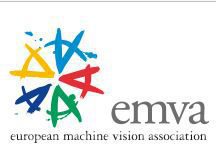

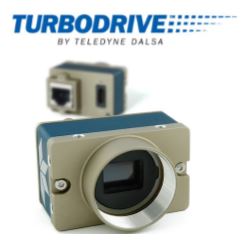

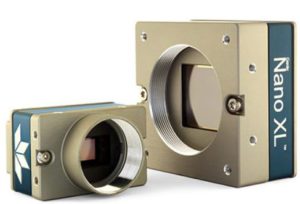
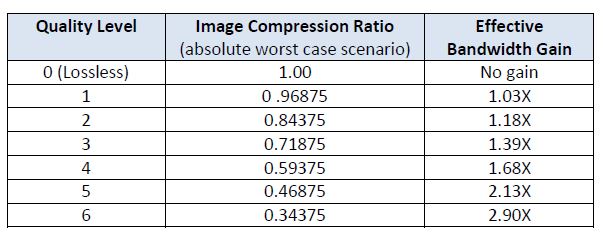
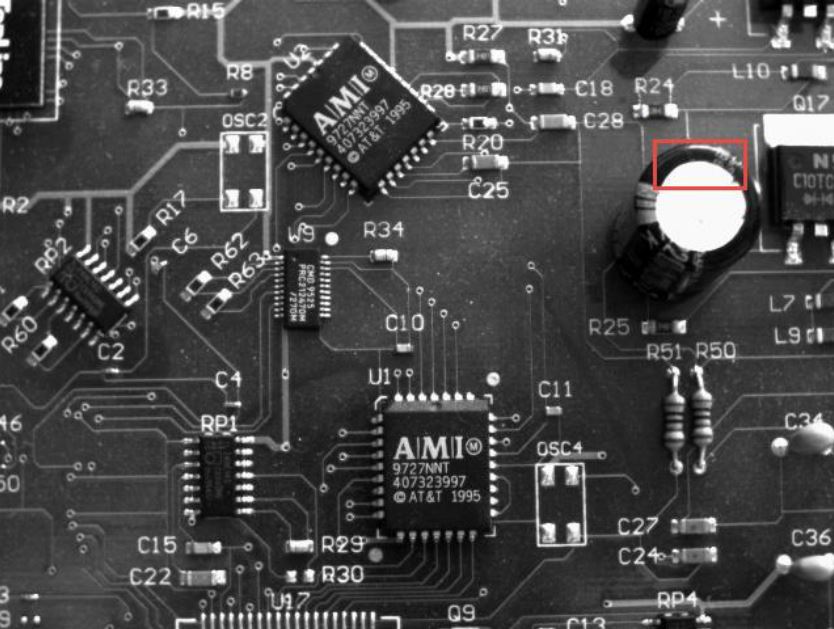
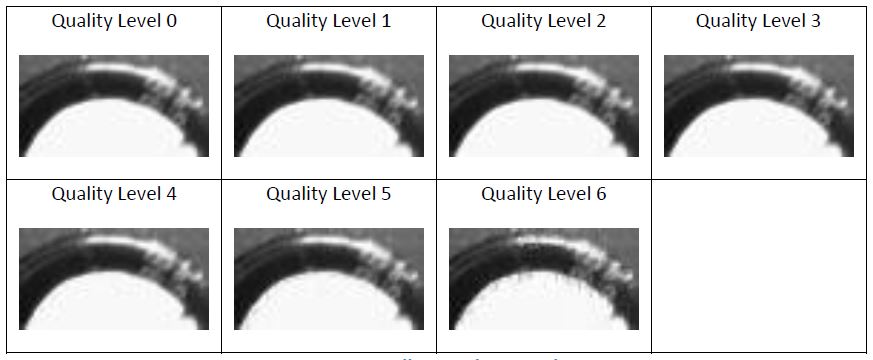
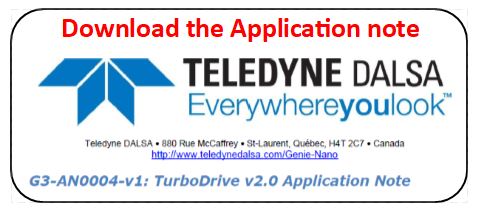

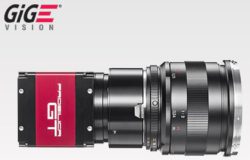
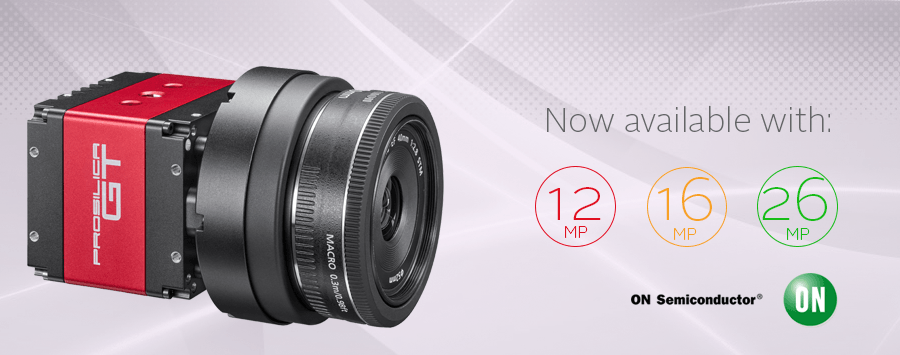
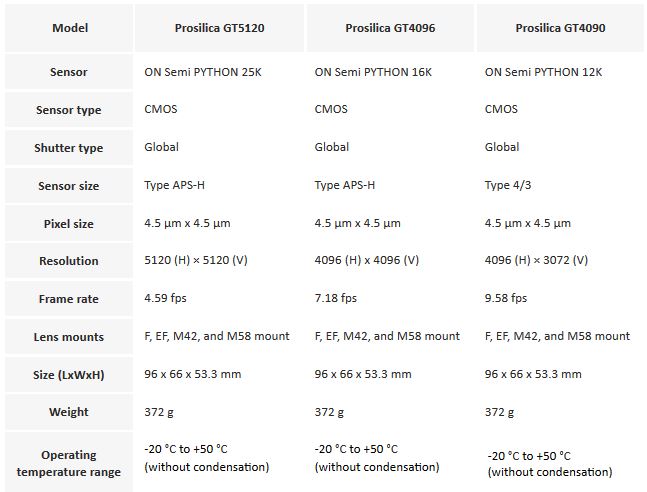
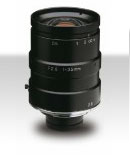
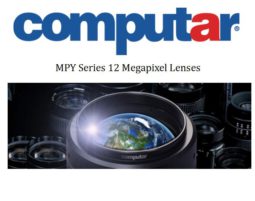
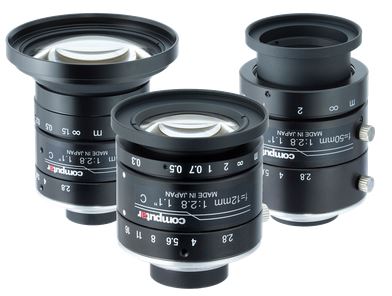
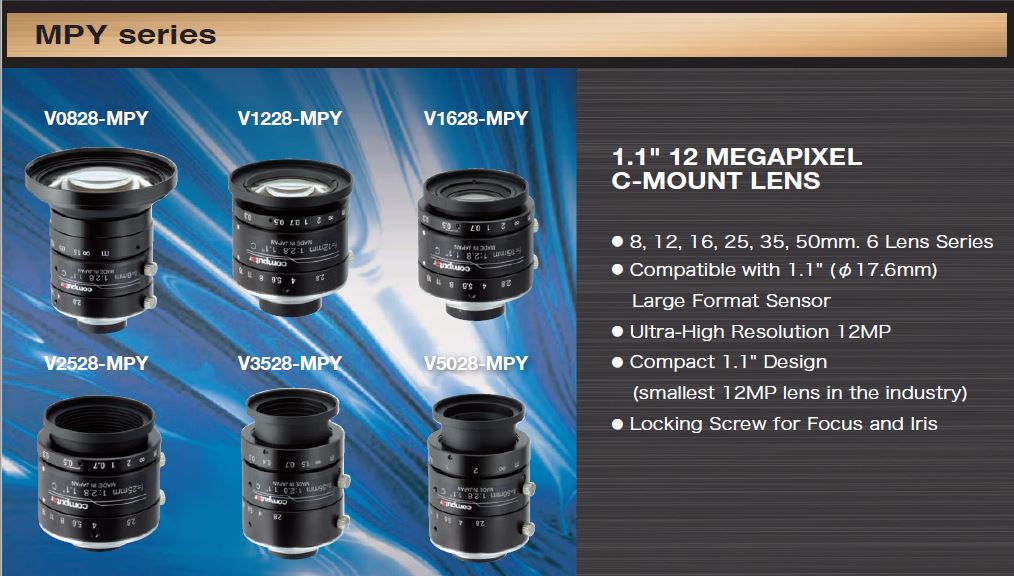
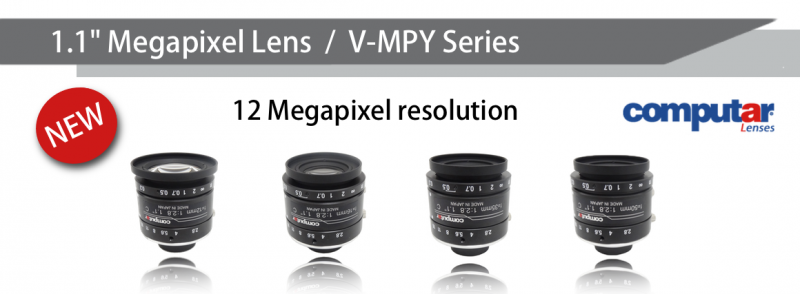 Individual Specifications can be found via this link for the models below:
Individual Specifications can be found via this link for the models below: